
Ingredient
Wild angelica (infusion fruits)
The Enchanting Infusion Fruits of Wild Angelica
Wild angelica is characterized by its small, round fruits that have a vibrant green color and a distinct floral aroma. The fruits have a slightly sweet and tangy taste, reminiscent of citrus and herbs. They add a refreshing and aromatic element to dishes and beverages.
Origins and history
Wild angelica has a long history of use in traditional medicine and culinary practices. It is native to Northern Europe and has been used by indigenous cultures for its medicinal properties. In Scandinavian cuisine, wild angelica is often used to flavor liqueurs, jams, and desserts. It is also popular in herbal teas and infusions for its soothing and calming effects.
Nutritional information
Wild angelica infusion fruits are a good source of vitamins A and C, as well as antioxidants. They are low in calories and fat, making them a healthy addition to beverages and dishes.
Allergens
Wild angelica infusion fruits may cause allergic reactions in individuals who are sensitive to certain plants or have pollen allergies. It is advisable to consult with a healthcare professional if you have any concerns or known allergies.
How to select
When selecting wild angelica infusion fruits, look for fruits that are plump, firm, and free from any signs of mold or damage. The fruits should have a vibrant green color and a strong aroma. Avoid fruits that appear wilted or discolored.
Storage recommendations
To maintain the freshness of wild angelica infusion fruits, store them in a cool and dry place. They can be refrigerated to prolong their shelf life. It is recommended to use them within a few days of purchase or harvest for the best flavor and quality.
How to produce
Wild angelica can be grown in home gardens or outdoor spaces with suitable growing conditions. It thrives in moist and fertile soil, preferably in partial shade. The plant requires regular watering and can be harvested when the fruits are fully ripe and green.
Preparation tips
Wild angelica infusion fruits can be used to make herbal teas, infusions, or flavored waters. They can also be added to cocktails, desserts, or jams for a unique and aromatic twist. The fruits can be crushed or muddled to release their flavors or used whole as a garnish.
Culinary uses
Wild angelica infusion fruits are commonly used in teas, infusions, liqueurs, jams, and desserts. They add a refreshing and aromatic element to these preparations. They can also be used as a garnish for cocktails or incorporated into savory dishes for a unique flavor profile.
Availability
Wild angelica is commonly found in Northern European countries such as Sweden, Norway, and Finland. It is also cultivated in other regions with suitable growing conditions.
More ingredients from this category » Browse all

Cupuaçu
The Exotic Delight: Cupuaçu - A Tropical Treasure for Culinary Adventures
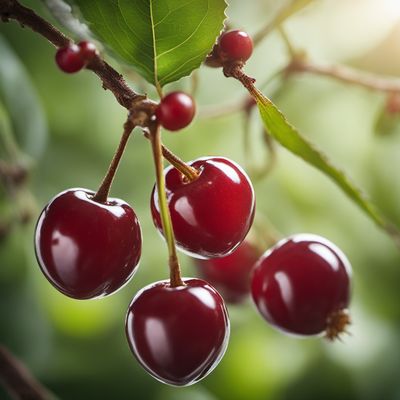
Cherries (sweet) (infusion stems)
The Juicy Gems of Summer

Sour cherry (infusion stems)
The Tangy Elixir: Sour Cherry Infusion Stems
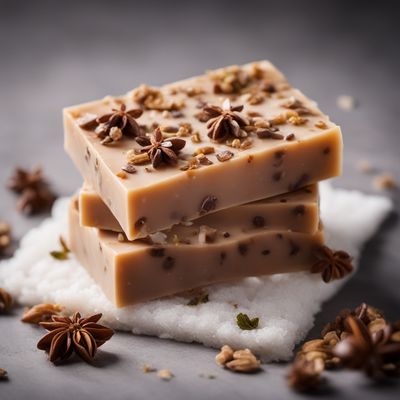
Soap-bark tree (infusion bark)
The Natural Cleanser: Soap-Bark Tree
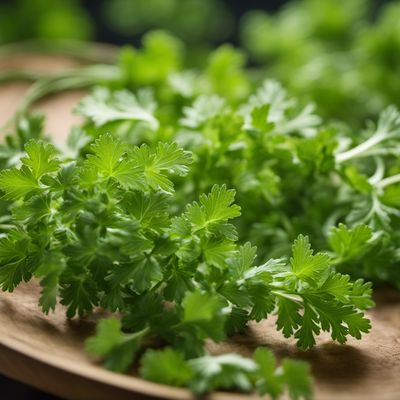
Parsley (infusion fruits)
The Versatile Herb: Unveiling the Infusion Fruits of Parsley

Fleawort (infusion seeds)
"Nature's Digestive Aid: Unveiling the Power of Fleawort Infusion Seeds"
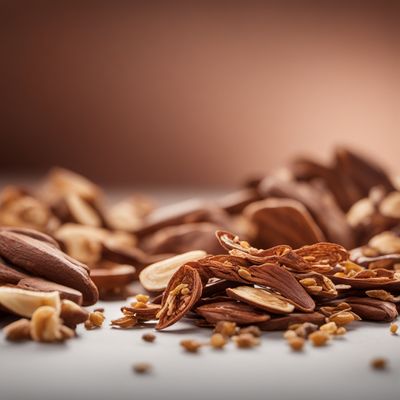
China (infusion bark)
Ancient Bark Elixir
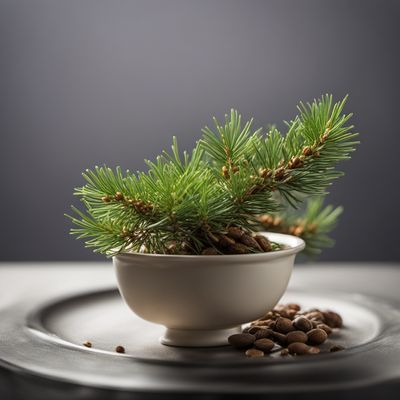
Dwarf mountain pine (infusion shoots)
The Aromatic Essence of Dwarf Mountain Pine

Fragrant sumac (infusion bark)
The Aromatic Essence: Fragrant Sumac

Lignum vitae (infusion bark, wood)
"The Mighty Lignum Vitae: Nature's Healing Power"
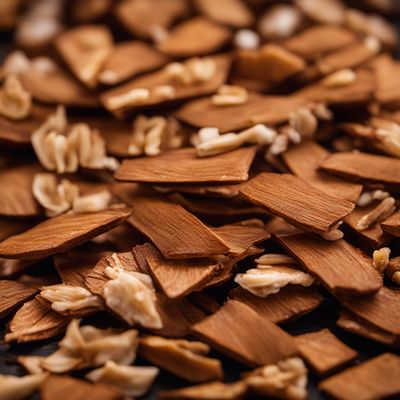
Quassia (infusion bark, wood)
Bitter Elixir from Nature's Pharmacy
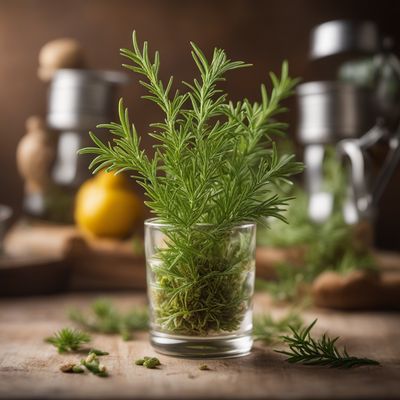
Fir (infusion shoots)
Exploring the Aromatic World of Fir Infusion Shoots